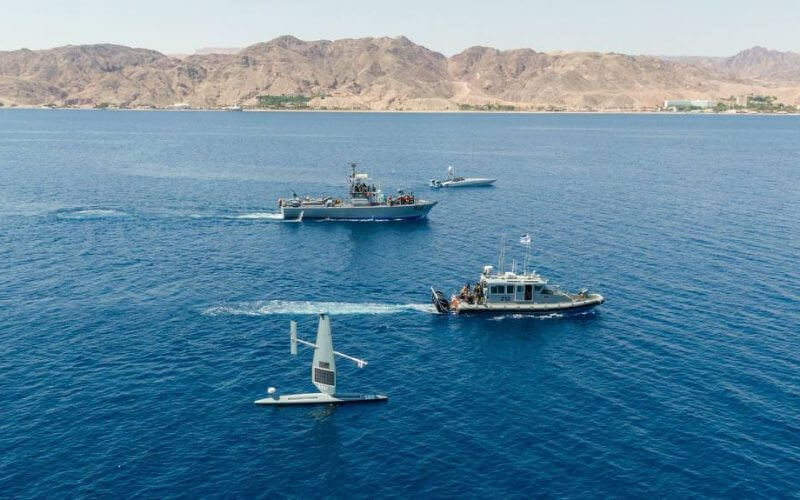The U.S. Navy and its partners in the Middle East are scaling up the number and the complexity of unmanned boats and artificial intelligence tools operating under Task Force 59, creating an extensive web that can flag unusual activity for human operators.
In fact, a year after the Bahrain-based U.S. 5th Fleet stood up Task Force 59 to boost maritime domain awareness in the crowded and vulnerable waterways, the Navy has built up a mesh network to connect its unmanned surface vessels and artificial intelligence tools with operators at a control center. And the Navy will add more systems to its inventory next month, 5th Fleet Vice Adm. Brad Cooper told reporters Oct. 12.
“Today in the Arabian Gulf, there’s about 8,000 ships that are underway doing something; there would be no human being that could possibly pick out that movement that’s outside the pattern of life. But what we’ve seen is AI can do it; it’s pretty accurate,” he said.
Task Force 59 was established in September 2021 to rapidly experiment with commercial unmanned and AI systems that could be integrated into naval operations in the Middle East. The task force staff works with industry and academia to further develop the technology. The staff also works with regional navies to incorporate this technology into real-world missions and take advantage of the intelligence and surveillance they generate. Manama, Bahrain, and Aqaba, Jordan, have been hubs for unmanned activity over the last year.










